Traditional Life on Qeshm Island
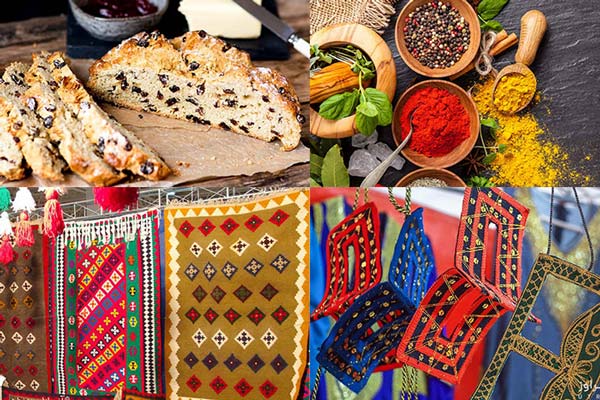
Introduction
Nestled in the azure waters of the Persian Gulf, Qeshm Island is not just Iran’s largest island but also a living showcase of traditional life and cultural heritage. Unlike the bustling cities of mainland Iran, daily life on Qeshm Island moves at a slower, more deliberate pace, deeply rooted in centuries-old customs. From its unique Qeshm Island culture seen in windcatcher houses to its vibrant handicrafts and mouthwatering cuisine, the island offers an authentic glimpse into a traditional Qeshm lifestyle that has remained largely unchanged for generations.
But what makes traditional life on Qeshm Island so special? How do locals preserve their heritage in a rapidly modernizing world? This article explores the island’s cultural richness, answering key questions travelers and culture enthusiasts often ask.
The Cultural Heartbeat of Qeshm Island
1. Traditional Architecture: Windcatchers and Coral Houses
One of the most striking aspects of Qeshm’s heritage is its unique architecture, designed to withstand the island’s harsh climate. Traditional homes are built using coral stone and sarooj (a type of mortar), featuring:
-
Badgirs (Windcatchers): Ancient natural cooling systems that channel breezes into buildings.
-
Thatched roofs: Made from palm fronds to provide insulation.
-
Underground
-
shelters (Berkeh): Used to store water and keep it cool.
Villages like Laft and Hormuz showcase these architectural marvels, offering visitors a step back in time.
2. Handicrafts: A Legacy of Artistry
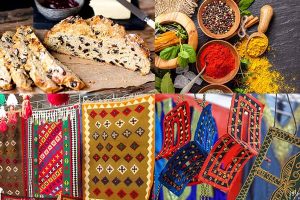
Qeshm’s artisans keep age-old crafts alive, including:
-
Gabbeh weaving: Colorful handwoven rugs with geometric patterns.
-
Sea-inspired jewelry: Made from shells, pearls, and coral.
-
Khes weaving: Traditional textiles used for clothing and home decor.
These crafts are not just souvenirs but a vital part of the island’s cultural identity.
3. Local Cuisine: Flavors of the Persian Gulf
Qeshm’s cuisine reflects its maritime heritage, with dishes such as:
-
Mahyawa: A tangy fish sauce served with bread.
-
Ghalyeh Mahi: A spicy fish stew with herbs and tamarind.
-
Halwa Ardeh: A sweet sesame paste dessert.
Most meals are prepared using fresh seafood, dates, and local spices, offering a true taste of island life.
4. Festivals and Daily Customs
Qeshm’s traditions come alive during festivals like:
-
Nowruz (Persian New Year): Celebrated with music, dance, and family gatherings.
-
Local weddings: Featuring traditional Bandari music and vibrant attire.
-
Fishing rituals: Honoring the sea’s bounty with age-old ceremonies.
Daily life revolves around fishing, farming, and handicrafts, with strong communal ties binding the people together.
Preserving Tradition in a Modern World
Despite modernization, Qeshm’s residents take pride in maintaining their heritage. Efforts include:
-
Eco-tourism initiatives promoting traditional lifestyles.
-
Cultural workshops where visitors learn handicrafts.
-
UNESCO recognition of the island’s geopark, protecting its natural and cultural sites.
Conclusion: Experience Qeshm’s Timeless Charm
Qeshm Island is more than a travel destination—it’s a living museum of Persian Gulf traditions. Whether you’re exploring its coral houses, savoring its unique cuisine, or meeting its warm-hearted locals, you’ll leave with a deeper appreciation for a way of life that has endured for centuries.
Ready to explore Qeshm’s cultural wonders? Share your thoughts in the comments or check out our guide on the best time to visit!
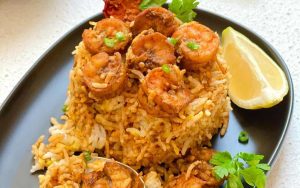















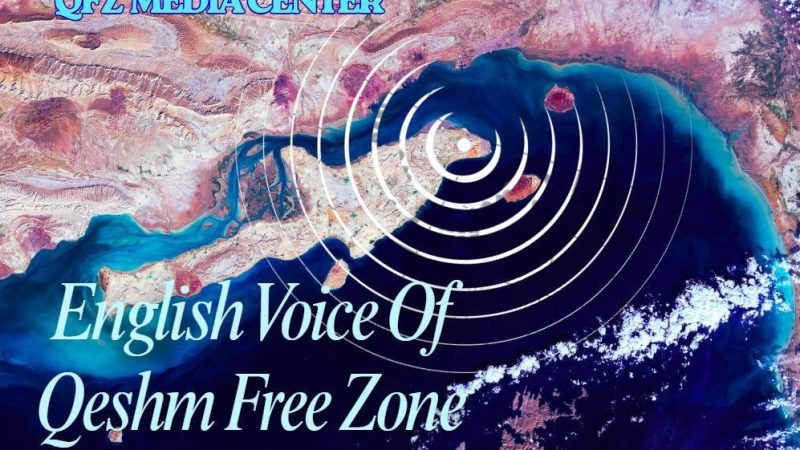
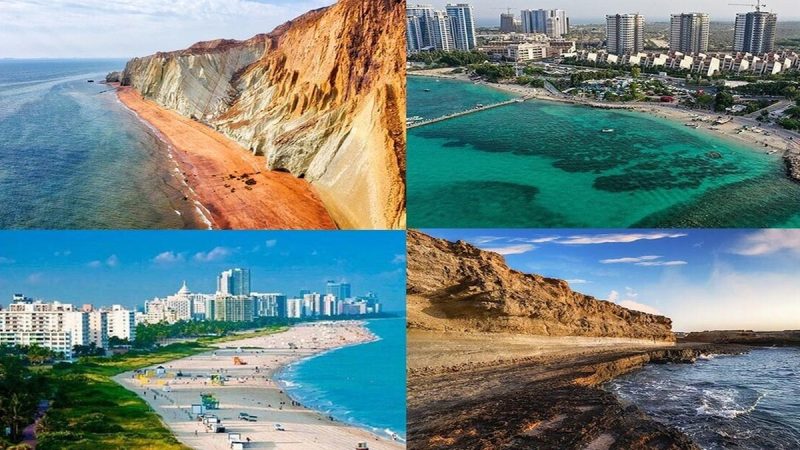
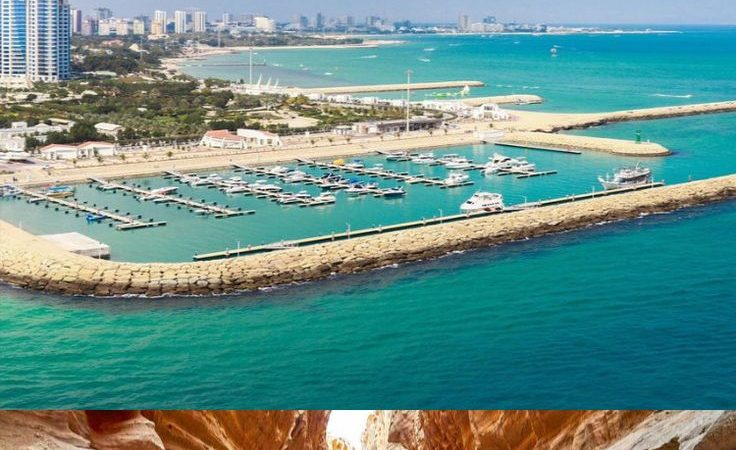
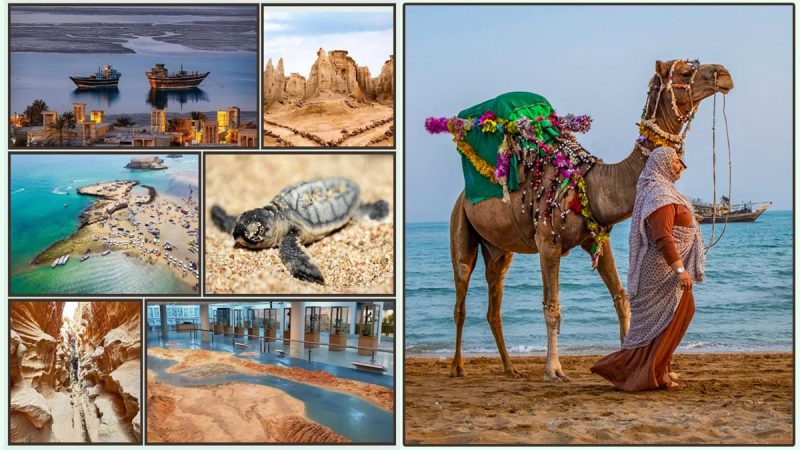
بدون Comment